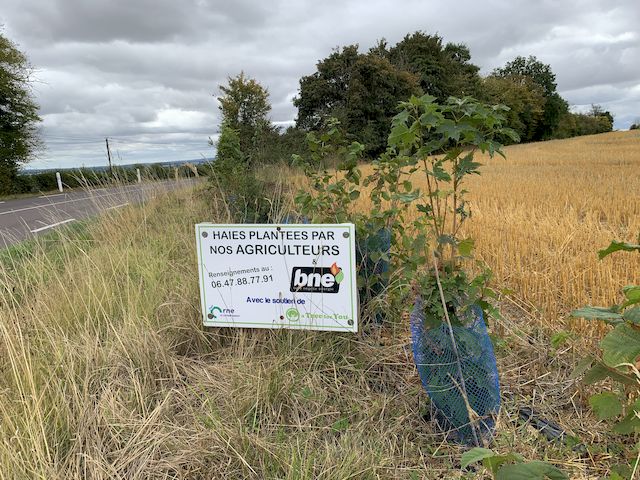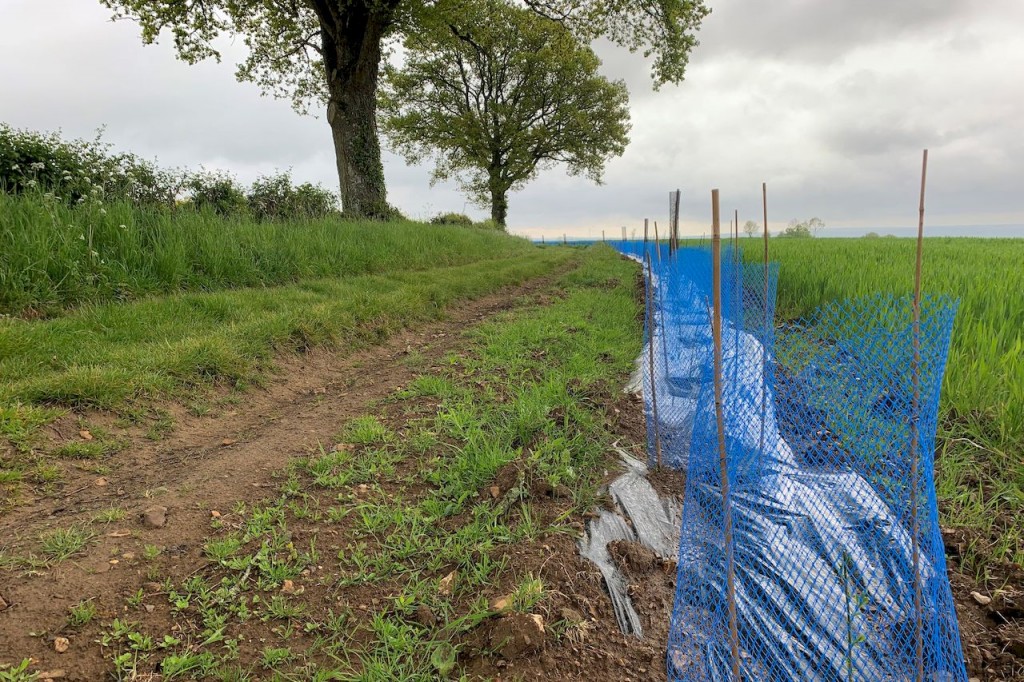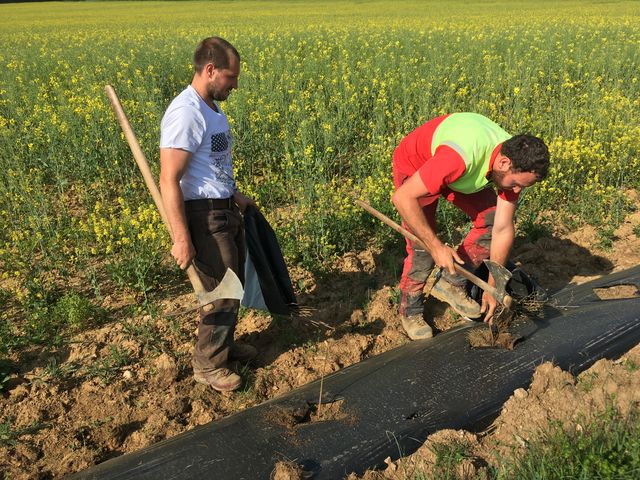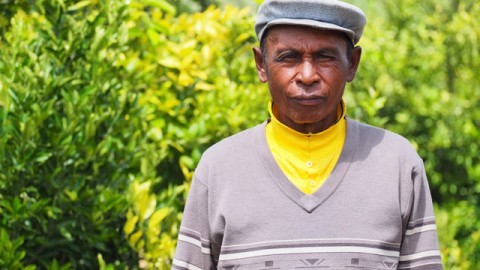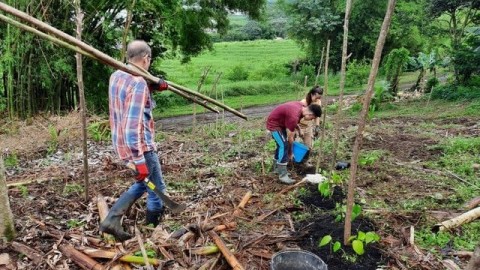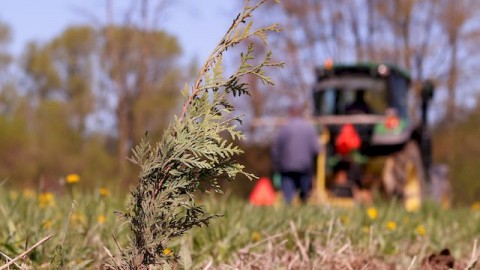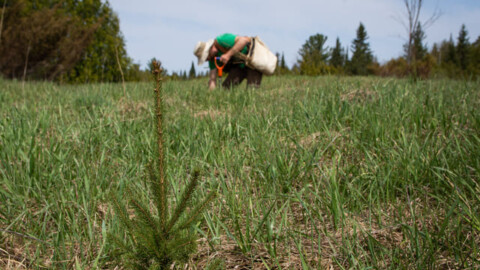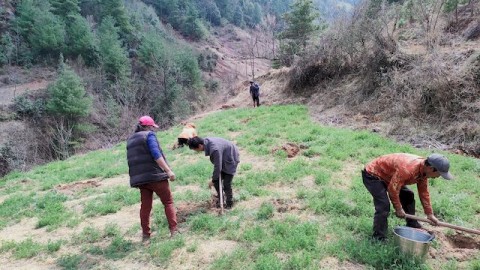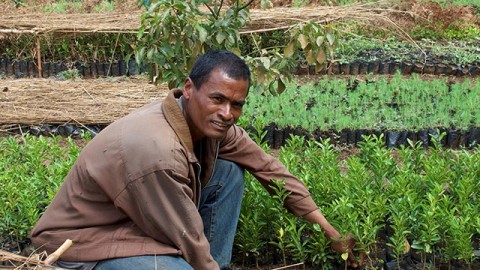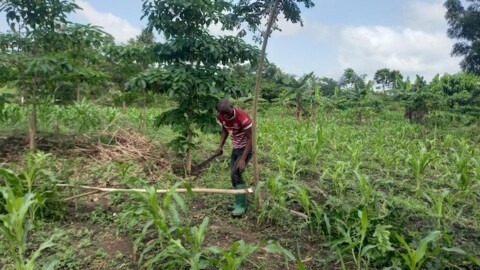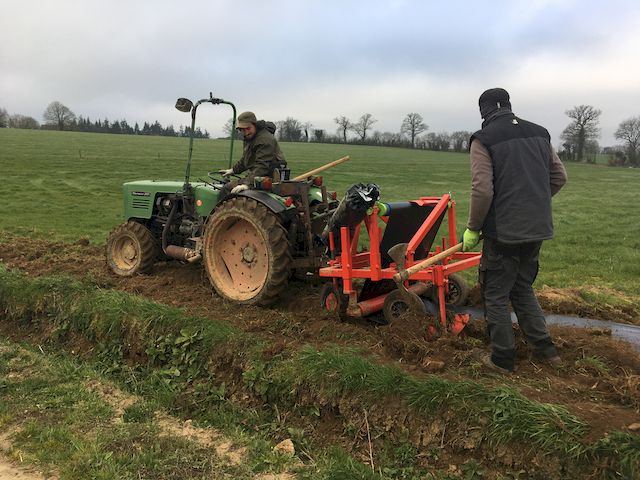
Normandy, France, November 2021
In the winters of 2019/2020 and 2020/2021, nearly 15km of hedgerows have been planted with farmers in the depths of the Orme department (north-west France) – thanks to support from A Tree for You donors and the Departmental Council. A new planting campaign, due to kick off in the coming weeks, will introduce a further 10km.
The 2021/2022 planting campaign thus aims to plant 10,000 trees of 15 different species on farmers’ plots.
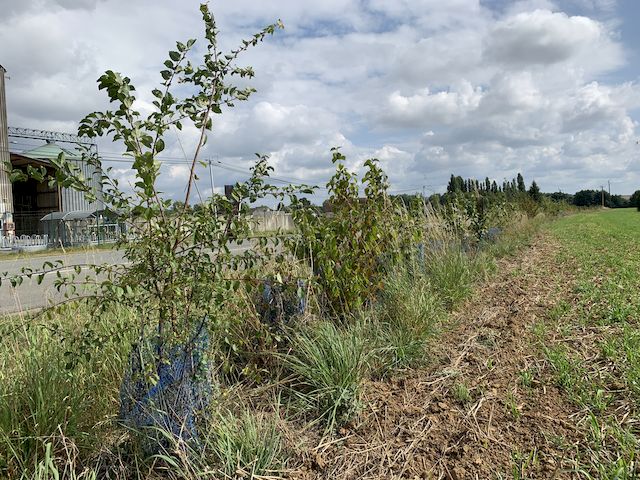
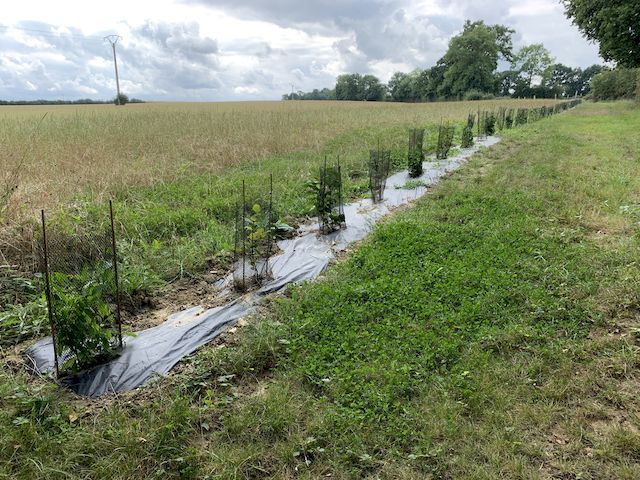
For maximum success, planting hedgerows requires careful thinking several months before beginning the work for real. So projects should ideally be decided 10 to 12 months in advance. Here ‘project’ means choosing the species and planting sequences (distribution of species) so that orders for young trees, mulch, and protection fencing can be placed early on in the season. This point is especially true today given that supplies of locally produced plants are struggling to fully satisfy demand. Upfront project planning also ensures operational readiness when the winter planting season arrives.
Hence for this third planting campaign now starting, half the hedge lines will soon be prepared (soil preparation and mulching) so the first young trees can be planted at the end of December 2021/early-January 2022. The other half of the hedges will be completed at the beginning of 2022, to spread the work out for the farmers and supervision teams.
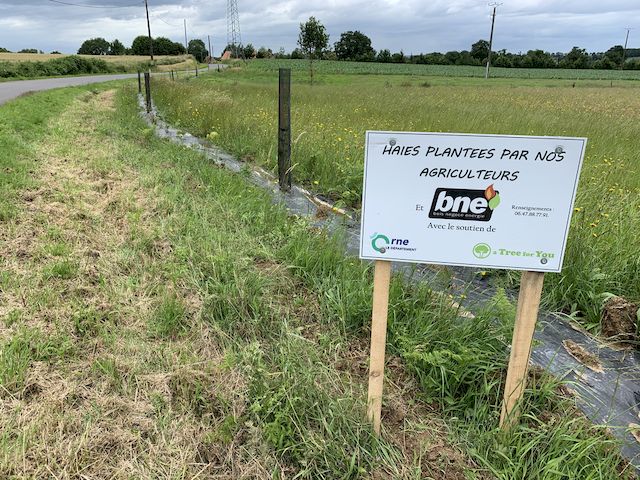
At the same time, replanting hedges planted over the last two winters will begin this week. Here again, the recovery rates (tree survival rates) were estimated last summer, allowing for an early order of the plants needed for this operation. At 96%, the survival rate is extremely good, thanks to a summer that proved cooler and rainier than is usual for the season. This replanting operation (replanting the plants that have not survived) will be carried out manually, using forestry hoes (agricultural gardening tool).
To optimise the interventions and limit the number of trips, the team in charge of replanting will also prune the trees and shrubs. This pruning involves cutting back all the trees (except the high ones) to a height of around 50cm to encourage densification of young hedges.
As for the first maintenance, it is adapted to the evolution of the weed growth on both sides of each hedge. Therefore, the ideal period must be pinpointed the by regularly monitoring the plantations in the field. Thus, this year, some of the lines were cleared in July and the rest in September. This is largely due to the rainy weather during last spring and summer, which stimulated growth of weeds – grass, ferns, and brambles.
To sum up, planting hedgerows must be prepared almost a year before the work is actually carried out in the field. Each intervention needs to be planned and approached on a case-by-case basis. Each project does not end with the planting, either. This means a plantation can only be truly considered completed after two to three years of vegetation and the first maintenance, replanting and pruning operations with the farmers!
Check back in March 2022 for news on the planting!
Written by Luc Bertrand from Bois Négoce Energie




